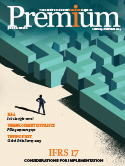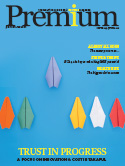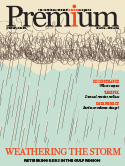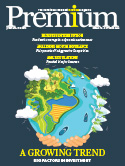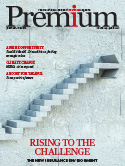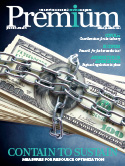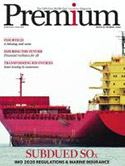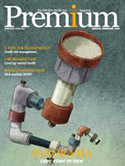Economic factors sustain reinsurance hardening trend
The reinsurance market’s firming trend continued, according to the latest 1st View renewals report from Gallagher Re.
A combination of economic factors helped to propel the trend, despite reinsurers’ generally satisfactory H1 2022 results, according to a statement. The combination of inflation and interest rate rises are impacting reinsurers’ balance sheets and reserves along with concerns that a recessionary environment may increase claims frequency. Along with sustained loss levels, these factors allowed reinsurers to maintain upwards pricing pressure as they look to reduce their appetite for volatility.
Property catastrophe renewals were impacted by the reduced reinsurer appetite for natural catastrophe exposures, which along with losses – particularly in Australia – drove price increases across all territories. There were signs of pricing reaching distress levels on some Florida and Australian placements.
Inflation and its impact on underlying portfolios and reinsurers’ exposures came under even greater scrutiny on all lines of business with reinsurers looking to explicitly apply additional inflation loadings if buyers could not evidence their own original pricing actions to manage inflation.
Long-tail casualty placements, particularly those with strong primary rate movement, remained largely popular with reinsurers, but the debate around ceding commissions was greater than was the case in the recent renewals, as reinsurers’ concerns grow over higher rates of inflation and their effect on claim awards.
Political and social factors also played a role across the renewal. The Ukraine war has increased attention on cyber and war contract provisions, while progress towards improved environmental, social and governance (ESG) protocols has become of universal interest to cedant and reinsurer stakeholders.
James Kent, Global CEO, Gallagher Re, said: “Reinsurers are more sensitive to losses and wider external events than they have been since 2008. The discussions about inflation have been detailed and technical, with reinsurers very willing to challenge cedants’ model outputs. Alongside their concerns about primary rate adequacy in the new inflationary environment, most reinsurers are assessing reserve adequacy as interest rates rise. They are being impacted on the asset and liability sides concurrently, which has fuelled their resolve to keep the price momentum of the past two years moving forward.
“That said, in classes and territories where capacity is constrained, we’ve sometimes seen commercial considerations trump technical pricing. Relationships are very important, and competition – while muted – is still present.
“Within those renewal dynamics, reinsurance buyers have been able to acquire most of the coverage they wanted, if not at the prices they had hoped for.”








